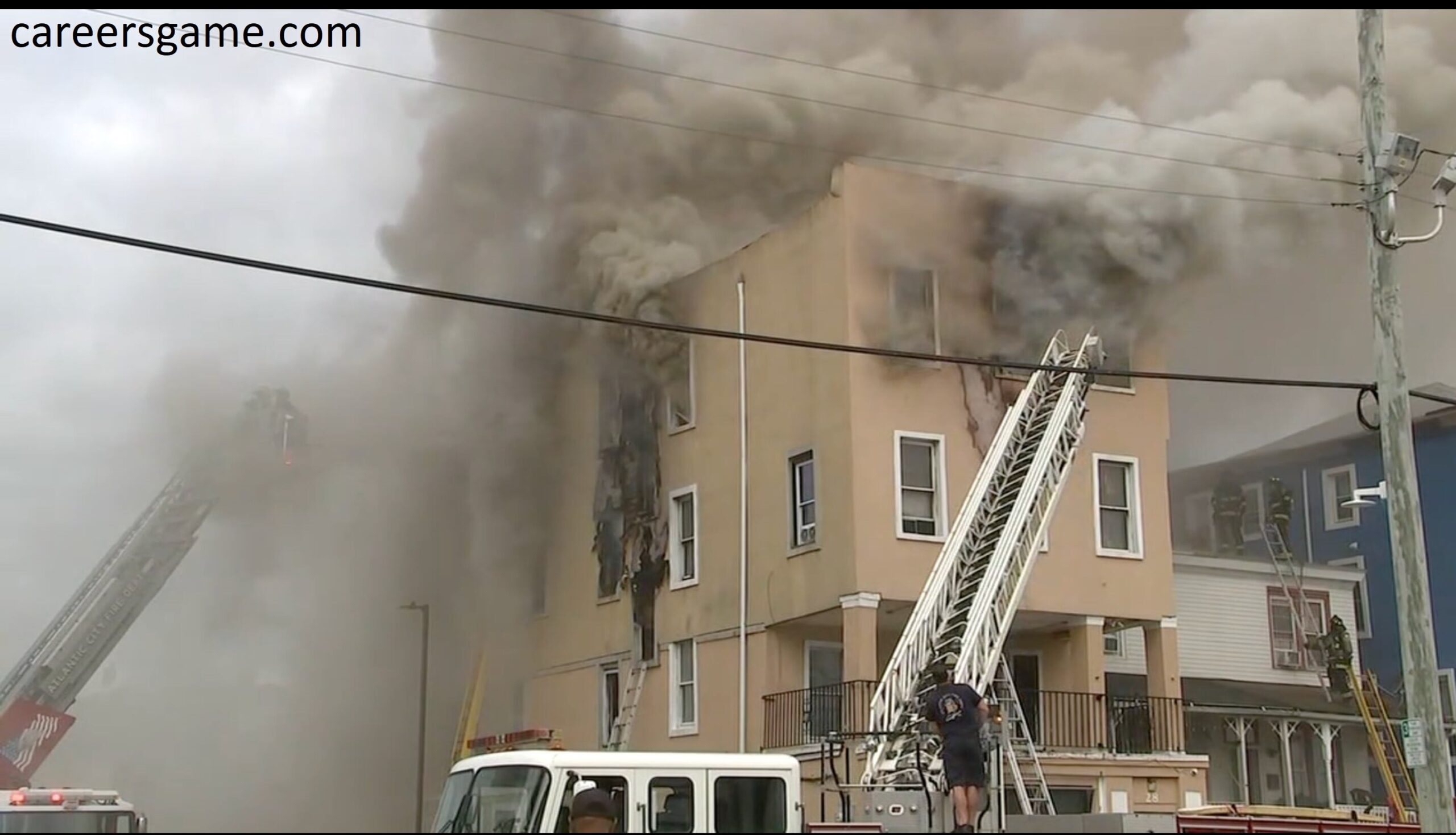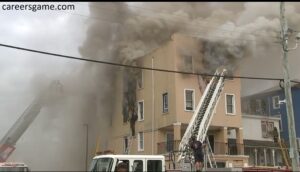The Atlantic City Inferno A Devastating Fire Shakes the Boardwalk
On the evening of September 6, 2023, a catastrophic fire broke out on the historic Atlantic City Boardwalk, sending shockwaves through the local community and attracting national attention. What began as a small blaze rapidly escalated into an inferno, engulfing several buildings in one of the most iconic sections of the city. The fire, which caused widespread destruction, left businesses, residents, and first responders reeling in its aftermath. This article explores the sequence of events, the impact of the fire on Atlantic City, and the broader implications for fire safety and urban resilience.
The Early Hours of the Blaze
The fire erupted around 8:30 PM on that fateful evening, originating in a commercial building along the Boardwalk. Initial reports suggested that the flames started in an abandoned structure, but the exact cause of the fire remains under investigation. By the time emergency responders arrived on the scene, the fire had already spread rapidly, aided by strong winds that carried embers and fueled the blaze further. Within minutes, the fire had jumped from one building to another, quickly reaching nearby properties.
The Boardwalk, a symbol of Atlantic City’s identity, stretches along the oceanfront and is home to a mixture of historic structures, restaurants, hotels, casinos, and retail spaces. These buildings, many of which are older and made of wood, created a perfect storm for the fire to spread uncontrollably. Despite the best efforts of fire crews, the fire’s swift expansion made it a significant challenge to contain.
Local news reports indicated that flames were visible for miles, casting an eerie glow over the city as residents and tourists watched in disbelief. The smoke billowed into the sky, creating a dense cloud that could be seen from surrounding neighborhoods and even from the neighboring towns. Emergency services worked tirelessly through the night, battling both the intensity of the flames and the hazardous conditions created by the fire.
Evacuations and Emergency Response
As the fire spread, it became clear that the safety of residents and visitors was the highest priority. Atlantic City firefighters, supported by neighboring towns’ crews, began evacuating nearby buildings. The authorities issued a mandatory evacuation order for several blocks along the Boardwalk, including some of the most famous hotels and casinos in the area. The decision to clear the area was made to prevent further loss of life and to ensure that emergency responders could work without interference.
Dozens of fire engines and ambulances lined the streets, and several fire hoses were stretched along the Boardwalk to combat the blaze. The fire department faced extreme challenges due to the narrow streets, limited access to certain areas, and the aging infrastructure of some of the buildings. In addition, the city’s location along the Atlantic Ocean made for high humidity levels, complicating firefighting efforts even further.
Despite the best efforts of the fire crews, the fire took hours to bring under control. By the time it was finally extinguished around 3:00 AM the next morning, several historic buildings had been reduced to rubble, and the total damage was expected to run into the millions of dollars. There were reports of injuries, although fortunately, no fatalities were immediately confirmed. Local hospitals were on standby, preparing for potential casualties, but the swift action of emergency responders likely saved many lives.
The Aftermath: A City in Recovery
As dawn broke over Atlantic City on September 7, the scale of the damage became apparent. Entire blocks of the Boardwalk had been devastated by the fire, with many beloved businesses and landmarks destroyed or severely damaged. For the city, this was not just a loss of property—it was a blow to the tourism economy, which relies heavily on the iconic Boardwalk as a major attraction.
Local businesses, including small shops, restaurants, and long-established retail stores, faced destruction that could put them out of operation for months or longer. One of the most notable casualties of the fire was the historic Boardwalk Hall, a venue famous for hosting concerts, conventions, and community events. Although the building was not completely destroyed, it suffered significant smoke and water damage, forcing the cancellation of several upcoming events.
In the days following the fire, Atlantic City officials, business owners, and residents began the difficult task of assessing the damage and planning for recovery. While the exact financial toll is still being calculated, experts believe that the city could face hundreds of millions of dollars in losses from both the physical damage and the impact on tourism. Moreover, the fire highlighted the vulnerabilities of the city’s aging infrastructure and the need for better fire prevention measures in the future.
Local authorities have launched investigations into the cause of the fire, with a particular focus on whether fire safety codes were followed and if any violations contributed to the rapid spread of the flames. The investigation will also look into the role that weather conditions and the materials used in construction may have played in the disaster.
Broader Implications for Fire Safety and Urban Resilience
The Atlantic City inferno serves as a stark reminder of the importance of fire safety, particularly in older, densely built urban areas like the Boardwalk. While the city has modernized in many ways, much of its iconic architecture was built decades or even centuries ago. Many of the buildings along the Boardwalk are made of wood, a material that is highly flammable and increases the risk of fire spreading quickly.
Urban planners and fire safety experts have called for a reevaluation of fire codes and building regulations, urging cities to invest in modern fire suppression systems, including sprinkler systems, and fire-resistant building materials. The disaster also serves as a wake-up call for the need to improve access for emergency responders in dense urban areas, especially in places where narrow streets and older infrastructure complicate firefighting efforts.
Additionally, the role of climate change and extreme weather events cannot be ignored. While this fire’s cause remains unclear, the presence of high winds and dry conditions made the situation particularly hazardous. As global temperatures rise, cities will face more extreme weather events, and it is essential for communities to adapt their emergency response strategies accordingly.
Conclusion
The Atlantic City inferno of September 2023 is a tragic reminder of the devastating power of fire and the vulnerabilities of historic urban areas. While the flames have been extinguished and the smoke has cleared, the city faces a long road to recovery. The impact on businesses, residents, and the local economy is significant, and rebuilding will take time and resources.
However, the fire also presents an opportunity for the city to reevaluate its fire safety measures and make necessary changes to ensure that such a tragedy does not happen again. It is clear that Atlantic City, and other cities with similar infrastructure, must invest in better fire prevention systems, disaster preparedness, and urban resilience.
As the community rebuilds, it will be vital for everyone—from city officials to business owners to residents—to work together to restore the Boardwalk and safeguard the future of Atlantic City. The fire may have left a scar, but the city’s resilience, spirit, and determination to rebuild will ultimately define its path forward.














Post Comment